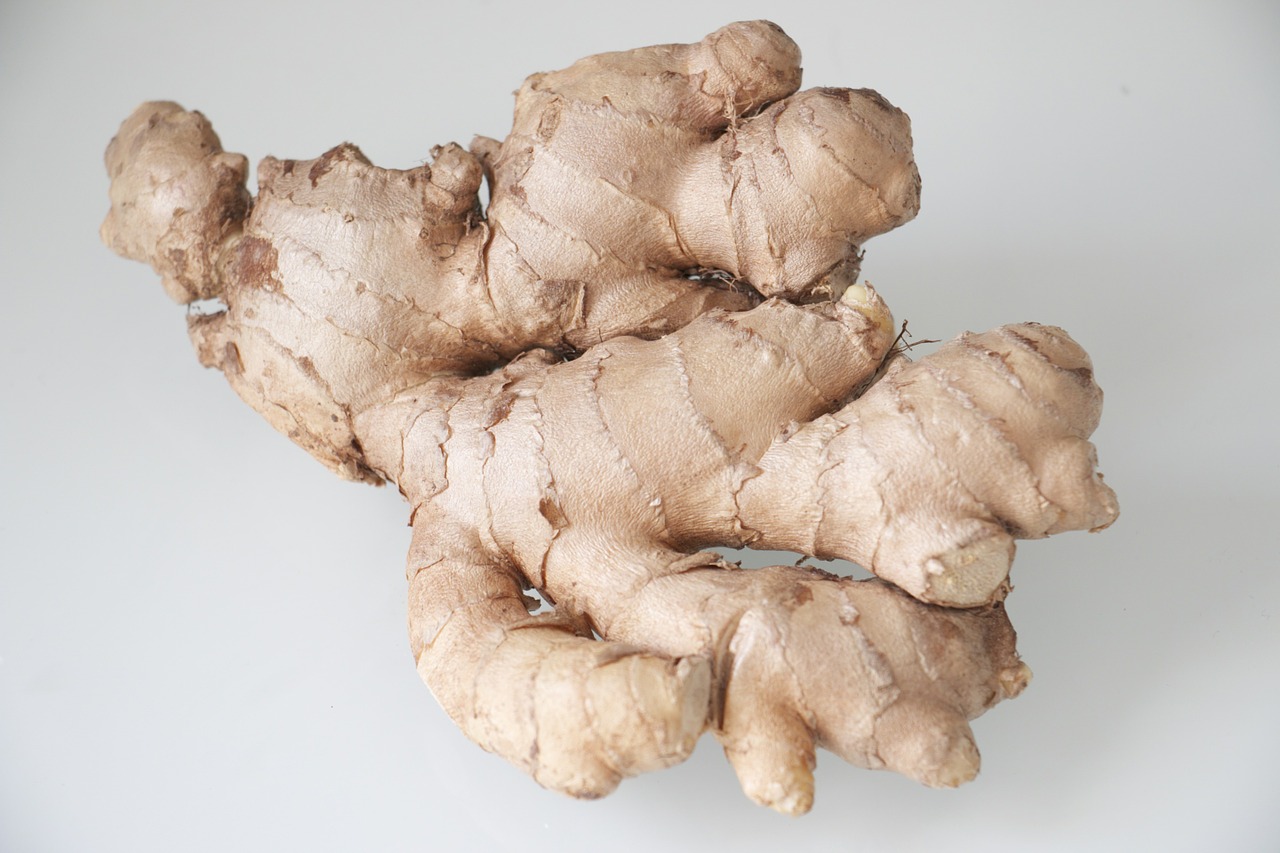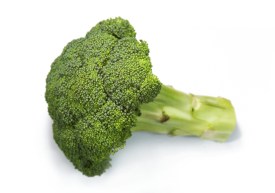Ginger (Zingiber officinale) has been used as a culinary spice and as medicine for centuries. In Ayurvedic medicine ginger is known as “The Universal Medicine” and forms the basis of countless traditional treatments. In terms of everyday use, ginger is known to prepare the body for digestion and assimilation of nutrients as well as to warm the body during cool winter months. In the last decade, research into the properties of ginger has revealed anti-inflammatory, anti-tumor, anti-nausea and gastrointestinal protective properties.
In relation to ginger’s gastroprotective properties, an aqueous extract of ginger has been shown to prevent stress induced and alcohol induced gastrointestinal ulcers. Ginger was also shown to prevent the growth of harmful H-pylori bacteria.
The anti-nausea properties of ginger have long been known, and ginger can often be found in medications for nausea and vomiting. A recent study in the journal of gynecological oncology demonstrated that randomized control trials have proven that ginger is an effective agent in alleviating post-chemotherapy nausea.
Extensive study into the anti-tumor properties of ginger has been accomplished in the last decade. One study determined that a ginger extract reduces expression of NF-KappaBeta and TumorNecrosisFactor-alpha (compounds which cause inflammation in the body and are up-regulated in cancer) in rats with liver cancer. Another study revealed that [6]-gingerol (one of the compounds that makes ginger pungent) suppresses hepatoma (liver tumor) cell proliferation by inducing cell cycle arrest (stopping cancer cell growth) and apoptosis induction (causing cancer cells to self-destruct). A study looking into the benefits of ginger in ovarian cancer revealed that 6-shogaol (another pungent compound in ginger) inhibited NF-kB (inflammatory compound) as well as diminished secretion of VEGF and IL-8 (compounds secreted by cancer cells to tell the body to form new blood vessels to feed the cancer cells).




